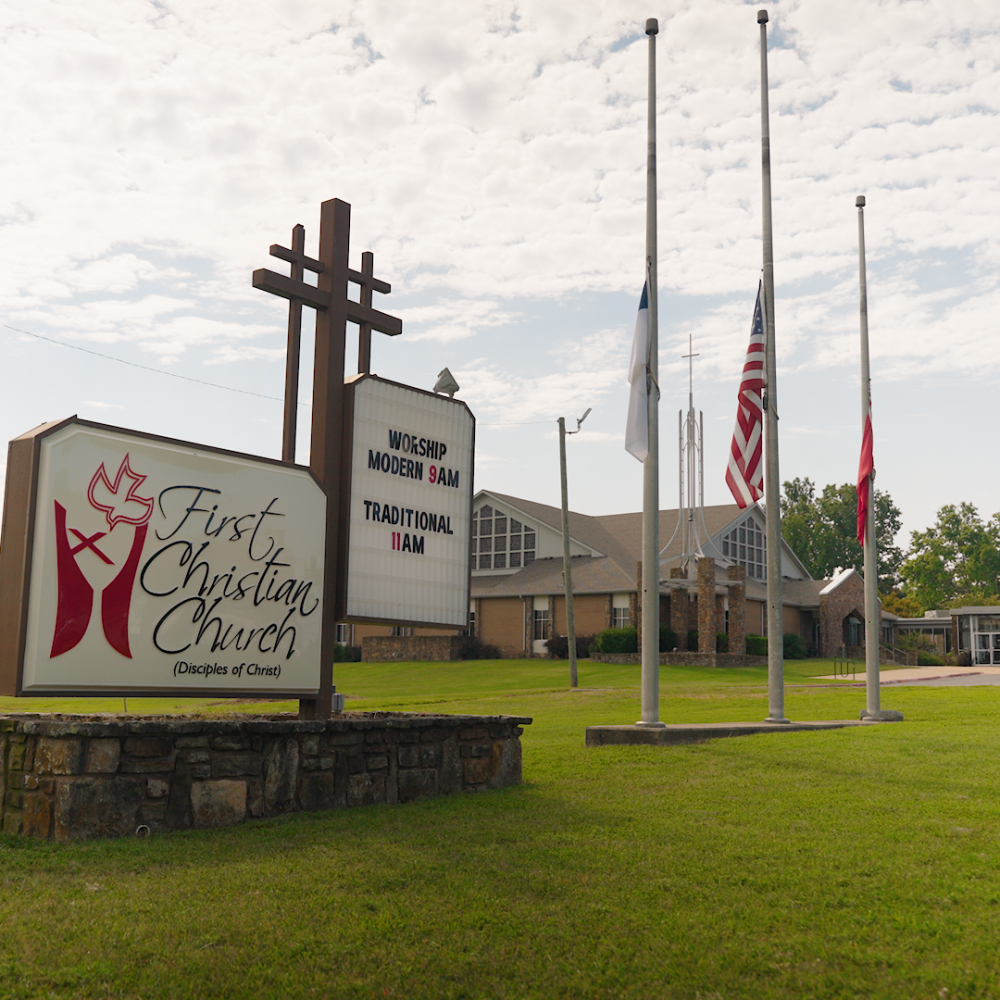One of curator Mindy Besaw’s favorite paintings currently on view at Crystal Bridges Museum of American Art in Bentonville, Arkansas, is a self-portrait of Charles Willson Peale, portrayed in his natural history museum in Philadelphia, circa 1822.
“Scientific understanding at the time was one of a strict hierarchy in nature, and the painting shows the animal kingdom perfectly arranged,” says Mindy.
“But in the shadows, you can see the skeleton of a mastodon, a first hint that extinction is entering the scientific vocabulary. Extinction meant that perhaps nature was more messy, more connected to the behaviors of humans than Peale and his contemporaries previously believed.”
Americans’ evolving ideas about the natural world and their place within it is at the heart of a new exhibit, “Nature’s Nation: American Art and Environment,” on display through September 19, 2019.
Developed by the Princeton University Art Museum, “Nature’s Nation” examines American artists’ impact on shaping environmental understanding, featuring 100 artworks from 70 renowned U.S. collections.
The exhibition is organized into three chronological sections and expands from “The Order of Things” to include the far-reaching environmental consequences of settlement, industry, war and urbanization of the mid-19th-early 20th centuries to the artwork of today, underscoring human impact “as an issue of urgent practical, ethical, and visual concern.”
The exhibition not only features master works from iconic American artists, but also folds in an interesting counter-narrative from indigenous and lesser-known artists.
On display alongside Peale is an indigenous Chilkat weaving from the tribes of the Northwest Coast. Both were created in the early 1800s. “Rather than hierarchy, what we see represented in the weaving is a very different relationship with nature—one of interconnection with the natural world,” says Mindy.
Environmental justice and the impact of an artist’s choice of medium is also a theme of the exhibit, from how marble is mined from a mountainside and the impact of its dust on workers, to the necessity and honor of sanitation workers who maintain urban environments.
While some of the pieces paint a concerning portrait of humanity’s relationship with our environment, other works demonstrate how American art has helped inspire the preservation of some of our most iconic natural places.
The paintings of Thomas Moran exposed the majesty of Yellowstone to a rapt public in the mid-19th century, inspiring Congress to create the nation’s first national park in 1872.
Five years in the making, the show’s final stop is at Crystal Bridges.
“A show like this has never been put together, and it feels right to host it here at Crystal Bridges, given the relationship of this physical space to nature,” says Mindy. She added that even the original co-curator from Princeton believes the shows feels “at home” nestled in the Ozarks. “Here, we invite visitors to bathe in the nature around you, to be an advocate and a responsible steward of this land.”
As part of the exhibit, visitors are welcomed into a “Reflection Area” where they are invited to contemplate how they can connect to nature in their own lives, whether getting to know the flowers in their backyard, exploring a local bike path, or learning how they can be more involved in local land preservation.
The Walton Family Foundation understands this connection between people and the natural world. Through our Environment Program, we work to protect oceans and rivers for the benefit of people and the environment. In our Home Region Program, we work to preserve the natural environment and increase access to nature for the community.
Mindy believes the strength of the Nature’s Nation exhibition is how it shows the complexity of the human relationship to nature.
“Artists often portray nature in an effort to uncover injustice and bring things to our attention. But by doing this, they also allow us to see the beauty of a place, to show us what is worth caring for.”




